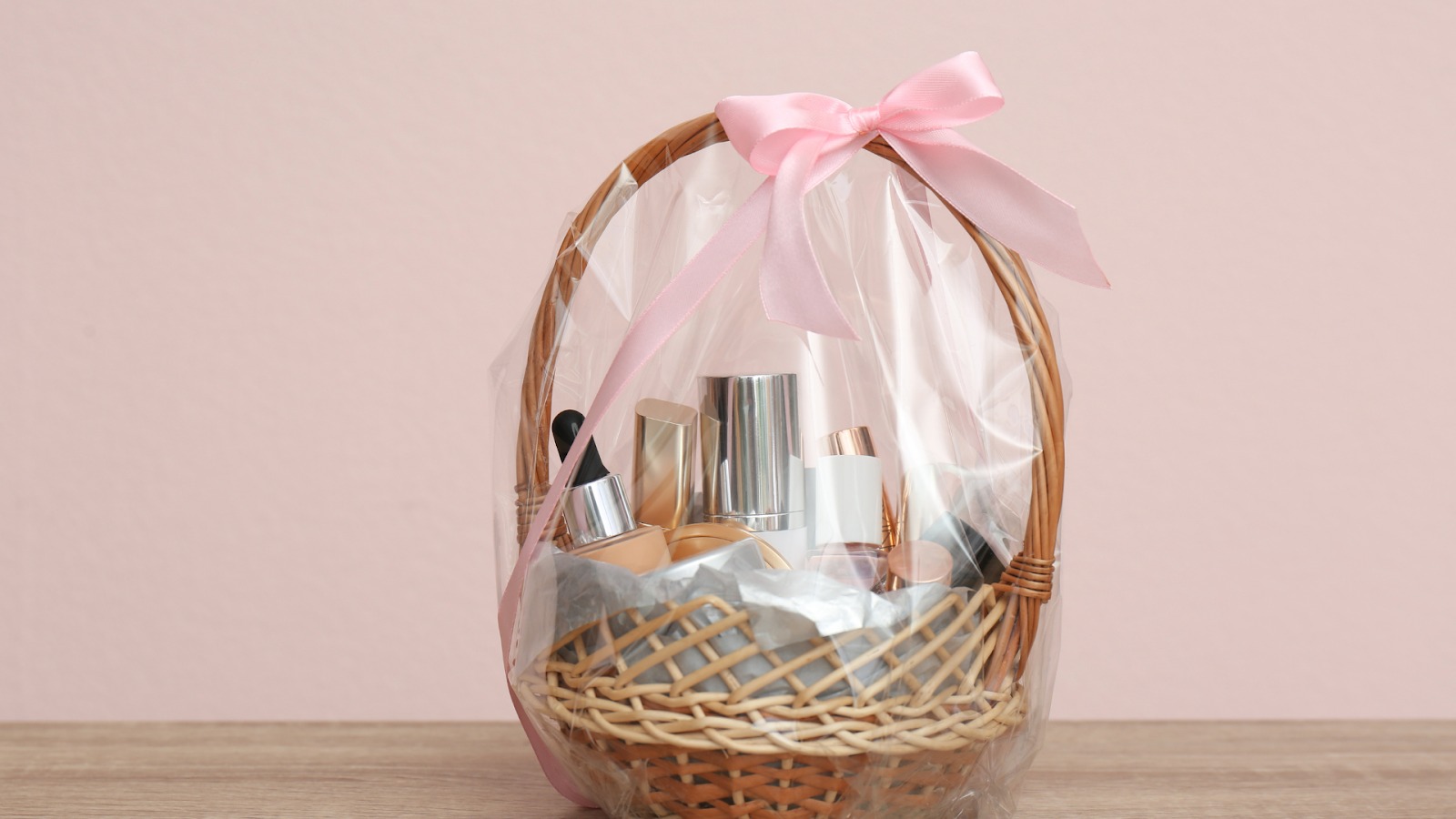Young adults have made visible changes to dating culture in recent years. Multiple studies and direct feedback from users show a focus on intentional, direct, and emotionally intelligent approaches to dating. Gen Z and younger Millennials play a major role in these trends, moving away from impersonal digital interactions and toward more meaningful romance.
Surveys confirm widespread dissatisfaction with major dating apps. In 2024, a Forbes survey reported that three out of four Gen Z users felt burned out using services like Tinder, Hinge, and Bumble. Young adults report that the process has become routine and lacks authenticity. A 2025 press release from RAW repeats this, stating that nearly four out of five Gen Z respondents no longer trust digital romance platforms.
Solid numbers support this drop in confidence. According to a 2024 Ofcom study, Tinder lost nearly 600,000 users in the UK alone. Hinge lost over 130,000, and Bumble nearly 370,000. These figures point to a switch in behavior.
Dating executives publicly admit that swipe-based, image-heavy apps now appear outdated and fail to meet user needs. Spencer Rascoff, CEO of Match Group, said recently that these models feel forced and make users question the company's priorities. In response, dating platforms are testing double-dating features and new conversation starters. But attempts to bring in more artificial intelligence do not impress most people. A Bloomberg Intelligence survey found that about half of Gen Z users view these technical updates as off-putting.
Many users are now looking for alternatives that focus on genuine compatibility instead of quick swipes or AI-generated prompts. One interesting option that has gained traction is the completely free dating site freshSingle, which stands out with its unusually detailed registration process.
Because members invest real time answering in-depth questions about their values, lifestyle, and interests, the resulting profiles are remarkably rich and give you plenty of natural conversation starters—without any artificial intelligence or algorithmic tricks involved. This back-to-basics approach seems to resonate with those who are tired of superficial matches and want connections that feel authentic from the very first message.
Many young adults now prefer meeting people face-to-face. Reports by Time and Deseret News show that most college-age daters now start relationships with someone they know from social situations or their own circle. Meeting new partners through friends or daily activities reduces stress linked to online searches and supports a sense of comfort.
The pace is slower, with less pressure for instant chemistry. The focus is on building trust, having open talks, and sharing values. These so-called slow dating methods help create more honest and relaxed dating environments.
Many young adults now openly discuss and define what they want in a relationship, from clear monogamy to open partnerships or short-term dating. This honest approach extends to unique relationship models. Some younger people experiment with finding a sugar baby, dating multiple people at once, or setting clear pre-relationship agreements. Each choice shows a willingness to communicate and prioritize honest intentions.
These practices are seen next to traditional dating or meeting at community events. The range of expectations, boundaries, and dating goals is wide. As a result, practical openness and directness are more common in early-stage dating conversations.
Modern daters place more weight on open talks and direct statements of intent. Popular trends like "Loud Looking" urge singles to say publicly that they are seeking partners. "Male Casting" involves setting personal standards for prospective matches at the start. Short-term romances or "micro-mances" are openly discussed and respected, often valued for the chance to share personal growth and authentic expression.
These arrangements often involve repeated discussions about expectations, boundaries, and needs. As a result, dating among Gen Z and Millennials is more direct and less pressured by tradition.
Emotional intelligence is widely accepted in new dating routines. More young adults now talk about mental health, personal background, and feelings at early stages. According to KSL's 2025 report and several surveys, conversations now include wellbeing topics and personal boundaries. This trend matches a greater interest in finding partners with compatible morals, lifestyle choices, or beliefs.
Recent studies show that women are more likely to initiate conversations and clearly define their standards. From social introductions to first messages on dating apps, more women lead direct interactions. This assertive posture makes the dating process more balanced and helps ensure that partner selection meets personal standards. This growing comfort with setting boundaries helps create better expectations on both sides.
Many young people are careful with how much time they spend on dating apps. Strong feelings of burnout prompt breaks from swiping and encourage focus on other parts of life. Industry professionals report an increase in intentional breaks from online dating and more boundaries around use. This careful approach supports improved wellbeing and puts healthier limits on seeking partners.
Young adults are driving concrete adjustments in dating culture. Users are leaving behind digital routines that feel impersonal and are turning to more natural, honest, and intentional approaches. Studies highlight a preference for real-world encounters, open discussion of needs and limits, and a willingness to set personal standards. Emotional health and honest communication are now basic standards for many. These patterns appear in both numbers and reports from daters and dating app executives, capturing a direct and evidence-based picture of the new dating culture.




Want to add a comment?